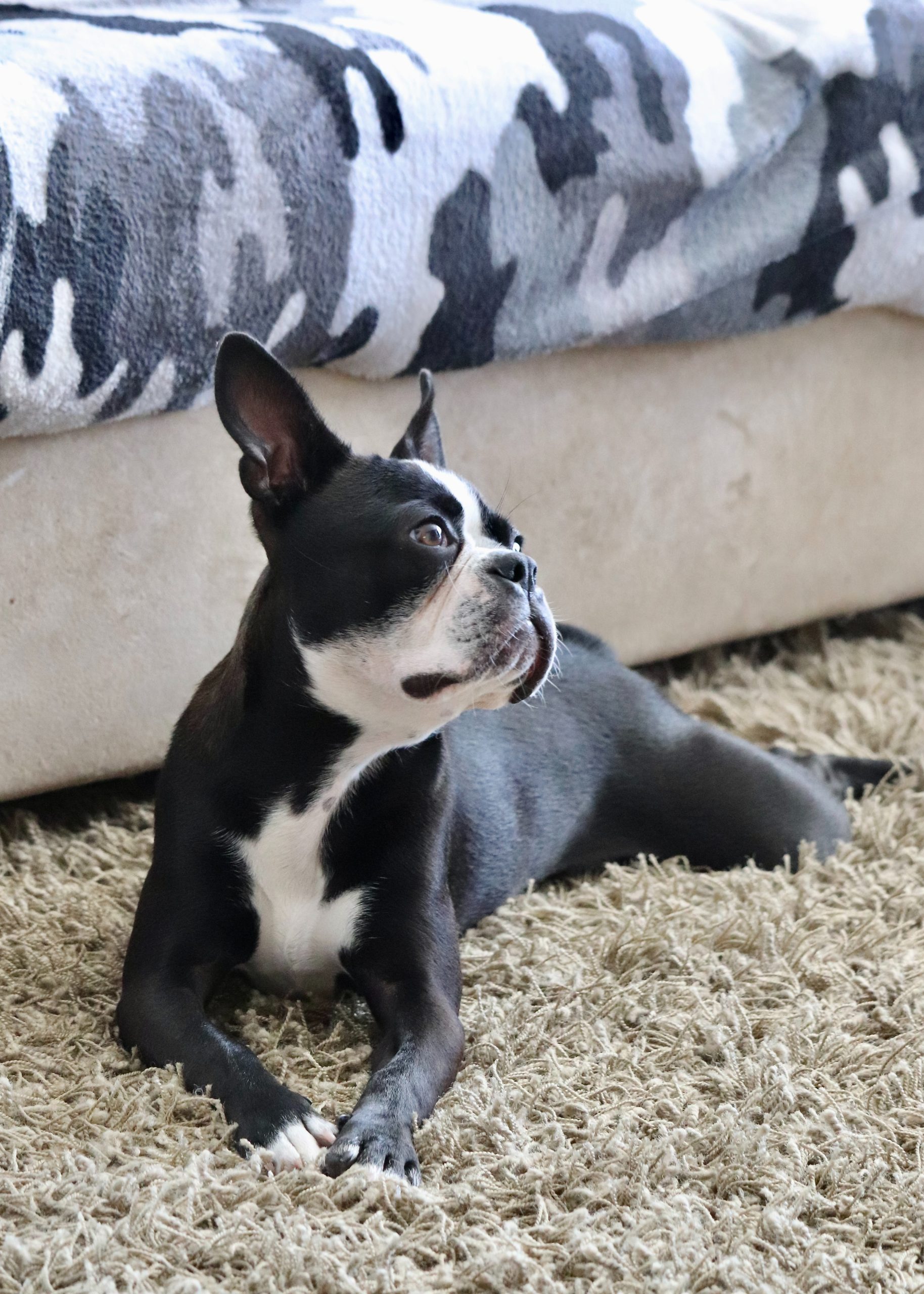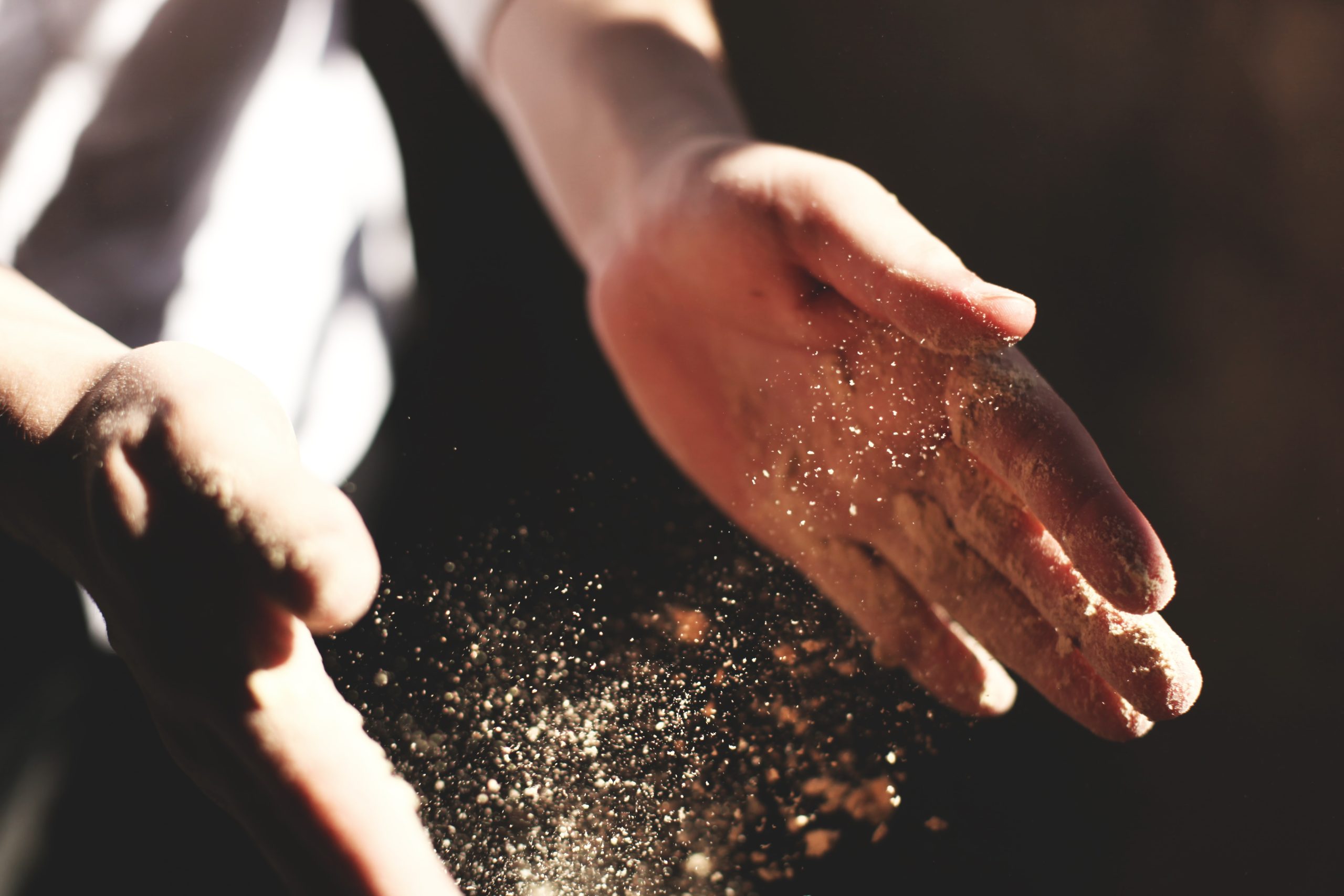How to safely remove old carpet
How to safely remove old carpet
Upon testing my bedroom carpet as part of a series of mold tests in my home, I found this:
I scheduled time to remove the carpet the next week. Now, how do I do this safely?
Research revealed two extremes:
removing the carpet with no breathing equipment and no dust abatement (although this guy has some great tips, I cringe at the way he’s throwing the carpet around with no dust mask)
removing the carpet with breathing equipment, a zillion garbage bags and gallons of mold eliminator (this method is costly and WET!)
I had to find a solution in the median. Here’s what I came up with for my situation (I am moderately sensitive to mold).
Supply list:
Respirator with extra set of filters
Heavy gloves
Old clothes
Knee pads
TotalClean concentrate (or several pre-mixed spray bottles)
Clean garden sprayer
Rags
Plastic sheeting and painters tape for taping off vents and covering heavy furniture
Old towels to block under door
Heavy duty garbage bags (also known as contractor bags)
Carpet knife with extra blades or utility knife with extra blades
Duct tape
Pliers for pulling carpet
Nail puller to remove staples in padding
Pry bar and hammer to remove tack strips
HEPA vacuum with new bag for cleanup
Air Angel and/or Germ Defender: helps with dust and mold mitigation
Prep, prep, prep…it’s tedious but so worth it.
Move whatever furniture, clothing and decor you can easily move, into another room. I took the long-overdue opportunity to get a new mattress, so I could escort my old one to the dump!
Use dollies on furniture that is too heavy or large to move out of the room.
Turn off the HVAC and cover any ceiling, floor or wall registers with plastic sheeting and painter’s tape
Measure TotalClean concentrate and water into garden sprayer at 1:7 parts respectively or empty pre-mixed spray bottles into sprayer.
Block under door(s) with old towels so that dust doesn’t migrate through the house.
Open window and remove screen if you plan to toss the carpet out of the window (also block off the area below)
Turn on the Air Angel and/or Germ Defender to help dust particles clump together and fall to the floor; the ions also destroy mold and bacteria on contact
Suit up with all protective gear including your respirator!
My strategies for minimizing dust will be to dampen a section of the carpet with the sprayer; cut the carpet into a manageable section, remove it, and do the same three steps for the carpet pad underneath. You’ll want to make the least number of cuts, because cutting through the carpet releases a lot of dust and fibers into the air. I realize that this method will only wet the top of the carpet and not the cut edge or bottom, but short of soaking the carpet and subfloor, I found this is the best solution. I liked the idea of tossing the carpet out of the window on a good weather day and bagging or binning it outside so that I didn’t drag the bags through the house. I removed the carpet, padding and staples as I went, because I had a heavy piece of furniture left in the room and did not want to move it around more than necessary.
Starting in one corner, use the sprayer to dampen the carpet in a 2’x8’ section. Cut just inside that section with the carpet knife.
Use pliers to grab the carpet in the corner and wrestle it from the tack strips. If you can’t get it out, try cutting the corner out with your knife and pulling out just the corner.
Roll it up gently and dispose of it in a contractor bag (or toss it out a window!) If bagging it, then you can use the duct tape to keep it rolled tightly.
Spray the carpet pad underneath and cut it.
Dispose of it in the same way.
Remove staples holding the padding to the floor with the nail puller.
Remove tack strips using the pry bar and hammer. They are super-sharp! (If you plan on replacing with new carpet and the tack strips are not rusty or damaged, you can leave them in place).
Repeat steps 1-5 until the whole room is devoid of carpet and padding! If you can handle more than 2x8’ of damp carpet at a time, you can Then, use a HEPA vacuum to thoroughly vacuum the floors to remove dust. You will want to wipe down the walls, window(s) and ceiling fan with TotalClean because dust is now everywhere. Finally, you can remove the sheeting from your register(s) and change clothes and shower–you earned it! It’s best to add a bit of EC3 Laundry Additive to your clothing when washing it to avoid spreading mold to any of your clean clothing.
If you have a new floor already scheduled for installation, good for you! Make sure that the subfloor dries out completely before 48 hours have passed, and definitely before installing new flooring (use of the sprayer makes it unlikely to soak the subfloor). If you haven’t picked out new flooring yet, you can remove/replace any nails or screws that are sticking out, use a non-toxic floor paint, and/or use an area rug to cover over any rough areas until that day comes. Try not to wait too long, however, so that excessive wear of the subfloor doesn’t occur.
Photo by Julie Marsh on Unsplash



